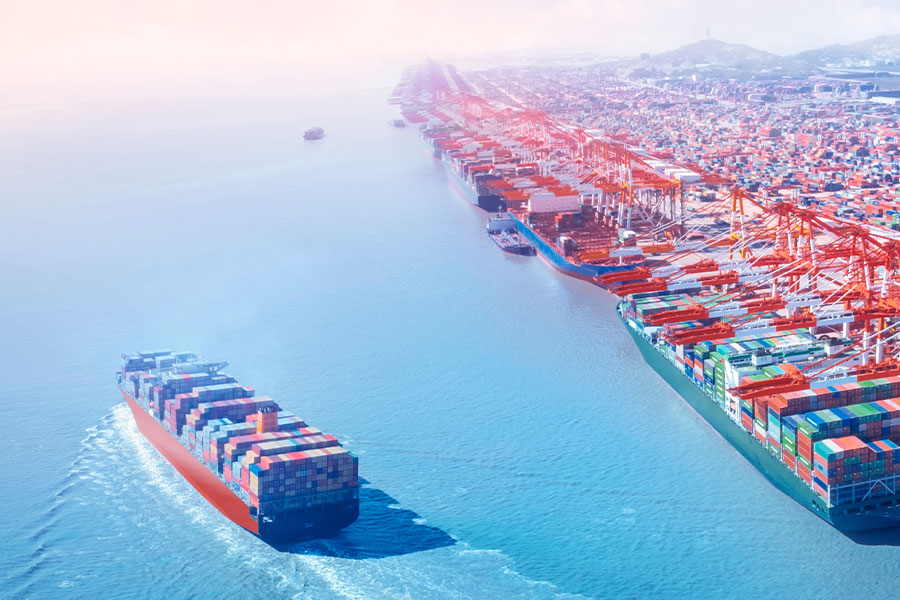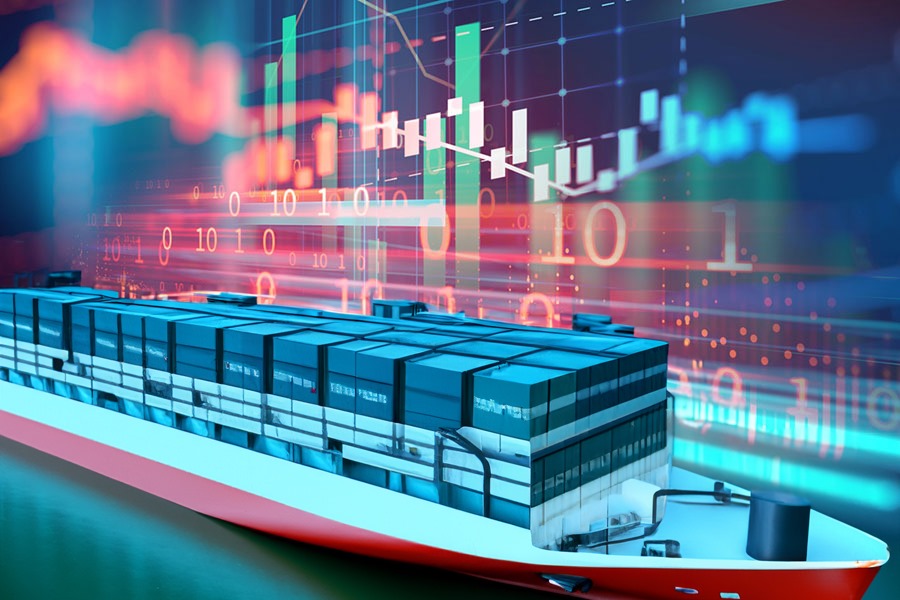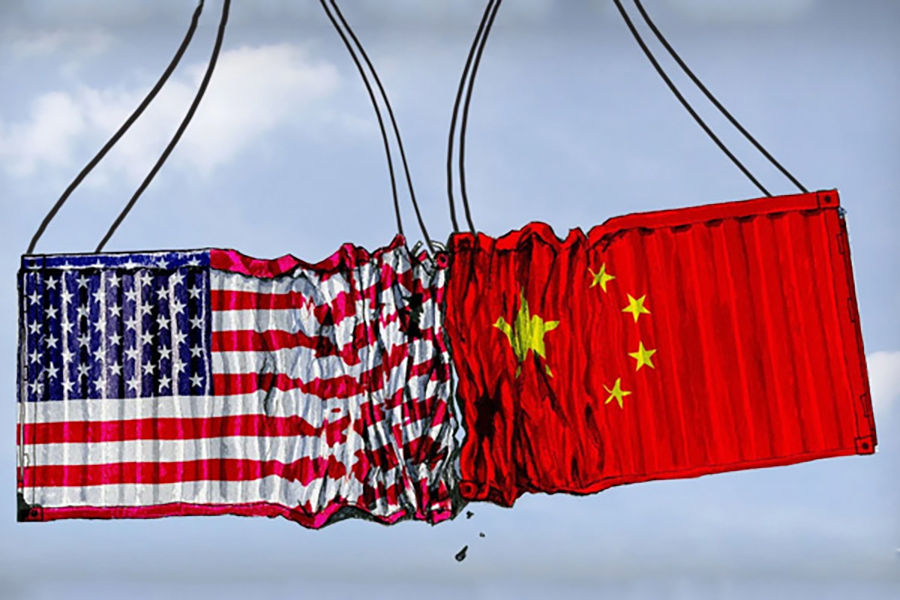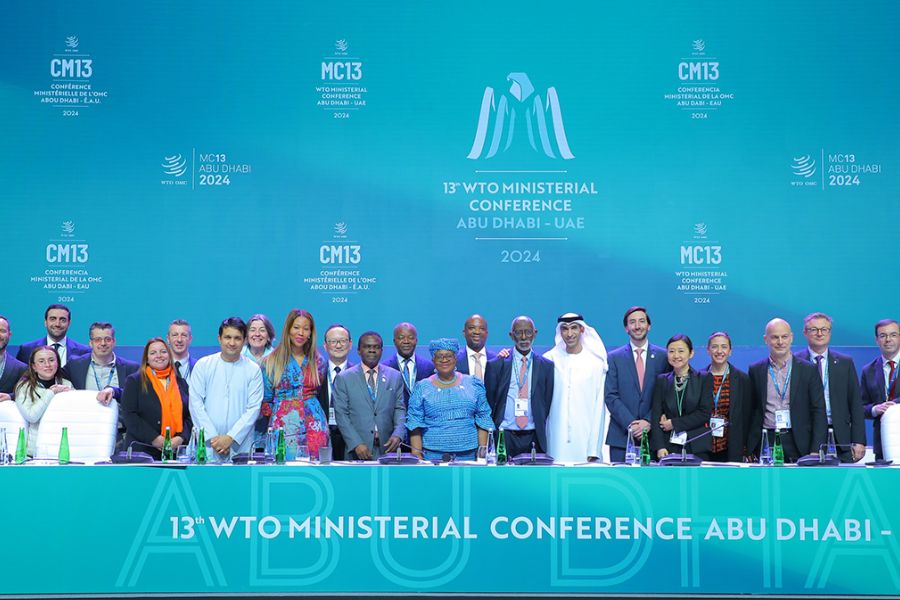Union Budget 2022-23: Ecosystem development for trade
The budget FY 2022-23 has laid a roadmap to set a vision for the growth and development of Indian economy over the next 25 years. A comprehensive strategy with emphasis on individual skills, trade ecosystem- infra and logistics development and government policies – is essential to reinvigorate the export environment in the country.
- To create a sustainable business environment in the country, the recent budget has focused extensively on generating employment and skill development of the individuals in the country.
- Along with the development of skill sets it is also crucial to develop modern infrastructure and logistics to support exporters and create a world class trade ecosystem. Towards this end, the budget also laid a national master plan PM Gatishakti to revamp the infrastructure and logistics environment in the country.
- Further, it is important to implement trade and export led policies to bring in regulations to develop a coherent environment for development of trade ecosystem from grassroot level, which results in enhanced exports.
- The budget has laid emphasis on all the required aspects of the three key components and with the required coordination and convergence of resources, the goal of ‘Aatmanirbhar Bharat’ can be achieved.

Image credit: Shutterstock
Despite the decline in the growth during the COVID-19 pandemic in the FY 2020-21, India continues to be one of the fastest growing economies in the word. Its real GDP growth is expected to be 9.2% for the ongoing financial year while the World Bank has predicted an economic growth of 8.7% for the upcoming FY 2022-23. India was even ranked among the top manufacturing destinations in the Asia-Pacific region. The budget FY 2022-23 seeks to create a sustainable business environment in the country.
Budget 2022 and the economic challenges
The government in the recent years has actively implemented various fiscal and monetary policies to buttress the trade ecosystem in the country. The budget FY 2022-23 has also laid a roadmap to set a vision for the growth and development of Indian economy over the next 25 years. The aim is to promote domestic manufacturing and enhance country’s exports to make India a 5 trillion economy by 2025.
To meet the desired goals, it is imperative to take a holistic approach and decentralize decision-making at the grassroots level, thus not limiting export promotion to the Centre. The decentralization of responsibilities at various levels like state, district, tehsil, and village levels helps understand the realities and supports in bridging the gap between the policymakers and beneficiaries. A comprehensive strategy with emphasis on individual skills, trade ecosystem – infra and logistics development and government policies – is essential to reinvigorate the export environment in the country.
To create a sustainable business environment in the country, the recent budget has focused extensively on generating employment and skill development of the individuals in the country. It is of vital importance to develop individual skills of labourers, manufacturers, and exporters to increase competitiveness in the global market. Development of individual skills may consequently lead to development of entrepreneurial mindset in launching Start-Ups and innovation in methods of production and marketing.
To support in building a cohesive business environment in the country the budget FY 2022-23 also laid emphasis on the highlighted components. The government has previously launched many skill development initiatives and schemes in the country however, to skill, upskill and reskill individuals a technology supported skill development platform, DESH-Stack was announced under the recent budget. The e-portal aims to provide online training to labours, manufacturers, exporters, etc in the country.
The approach should be multi-pronged so, along with the development of skill sets it is also crucial to develop modern infrastructure and logistics to support exporters and create a world class trade ecosystem. One of the key issues faced due to lack of required logistics and infrastructure facilities is disruption in supply chain leading to high cost of production, missing innovation in products and sectors among others.
Infrastructure and logistics development are directly co-related with increase in exports hence interventions are vital to deliver long term and sustainable results for the export environment. Towards this end, the government has also laid a national master plan PM Gatishakti to revamp the infrastructure and logistics environment in the country. The plan focuses on ‘one station, one product’ scheme to improve local supply chain, development of roads, railways, ports, airports and other logistics and infrastructural development to ensure efficient and fast movement of goods.
Further, it is important to implement trade and export led policies to bring in regulations to develop a coherent environment for development of trade ecosystem from grassroot level which results in enhanced exports. To achieve the overall objective, a supportive government policy is critical to provide the required support to accelerate the economic growth.
The budget introduced many policy changes to create a supportive environment for traders and businesses in the country. The government announced the notion of ‘one nation, one registration’ which would streamline the registration process of lands, etc for businesses in the country to facilitate ease of doing business.
To promote domestic manufacturing and enhance exports the government introduced numerous custom duty changes. Thereby, this results in increase in custom duty for competitive raw materials and decrease in duty for inputs imported for domestic manufacturing. Other policy changes include launch of EODB 2.0, revamp of SEZ legislation, extension of credit support schemes for MSMEs like Emergency Credit Linked Guarantee Scheme.
The government has taken required steps as per the need of the economy and interventions are made at both top and bottom level of the institutional hierarchy. However, to achieve the desired results a comprehensive and sustainable strategy is required. An evaluation of the existing resources at each level of hierarchy from centre to tehsil is crucial to identify the gaps in the existing and required resources.
The identified gaps may be overcome by convergence of stakeholders at vertical and horizontal level of hierarchy. Coordination is required between multiple levels of government bodies but also within organizations between departments/ divisions for the desired outcomes.
Gaps may also be identified in the form of financial requirements, data base, etc which needs to be mapped with relevant stakeholders for coordination and inputs. The prior information through evaluation can be utilized structurally to design the required comprehensive strategy. It is also advised to have a national monitoring framework in place to track the real-time progress of all government initiatives and programmes in the trade sector to identify issues and make immediate interventions. The budget has laid emphasis on all the required aspects of the three key components and with the required coordination and convergence of resources the goal of ‘Aatmanirbhar Bharat’ doesn’t seem far.
Views expressed are personal. Usual disclaimers apply













Congratulations Ayesha. Very informative and thoughtful news articles.
Thank You, sir.
Very informative
Very well written
Good
Looking towards the positive side
Very nice 👍